Fife councillors have strongly opposed government plans for council tax hikes that could cost residents £8 million a year.
More than 45,000 Fife households stand to be hit in the pocket if rates are amended to raise additional funds.
Under the proposal, those in the highest tax bands could see their bills soar by up to 22.4% from next year.
It means people in Fife would pay a minimum of £136.49 a year more in council tax, rising to £763.58 more for Band H householders.
The proposal only affects properties in Bands E to H.
Changes were proposed by the Scottish Government and the Convention of Scottish Local Authorities (Cosla), who want to make the tax system fairer.
And local councils are being asked for their views.
Fife Council leader David Ross said householders should not be hit by bigger bills during a cost of living crisis.
Call to scrap council tax increase plan
The council’s cabinet committee called for the plan to be scrapped when they met this week.
However, they agreed that if council tax does rise, increases should be kept to a minimum.
And they said the rises should be phased in over three years so people are not hit by huge bills in one go.
Mr Ross said: “In Fife, we’re talking about 45,000 households paying hundreds of pounds more each year.
“It comes at a time when we know there’s a significant cost of living crisis.
“We’re seeing soaring energy costs and massive rises in mortgage payments.
“Now is not the right time to lump another significant cost on those householders.
“I hope the government sees sense in terms of deferring or rethinking these proposals.”
Council tax increase would affect 25% of Fife households
The council’s head of revenue and commercial services Les Robertson revealed a quarter of the region’s households would be affected.
Rates for Band E properties would rise by 7.5%, while Band F would see a 12.5% rise.
Meanwhile, the increase for Band G would be 17.5% and the Band H proposal is 22.5%.
And the rise in the current annual charge would be:
Band E – £136.49
Band F – £281.36
Band G – £474.71
Band H – £763.58
However, Fife Council says any increase in council tax should be kept to 3% for Band E and 6% for Band F.
And they have proposed a 9% rise for Band G and and 12% for Band H.
Proposal ‘could be problematic for thousands’
Mr Robertson said the aim of Fife’s response was to strike a balance between raising extra money to fund local services and the impact it would have on council taxpayers.
“The response also aims to highlight to the Scottish Government that a single year increase in the charges for Bands E-H could be problematic for thousands of households in Fife,” he said.
The Scottish Government has said council tax will remain the lowest in the UK.
And measures will be put in place to help those who can’t pay.
However, it said change was necessary as people living in lower banded properties currently pay a higher tax compared to the value of their home than those in higher bands.
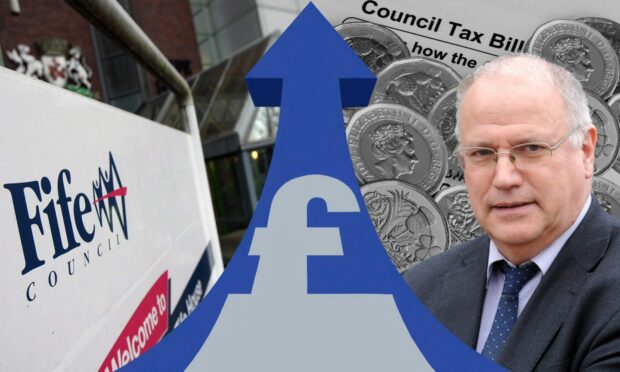
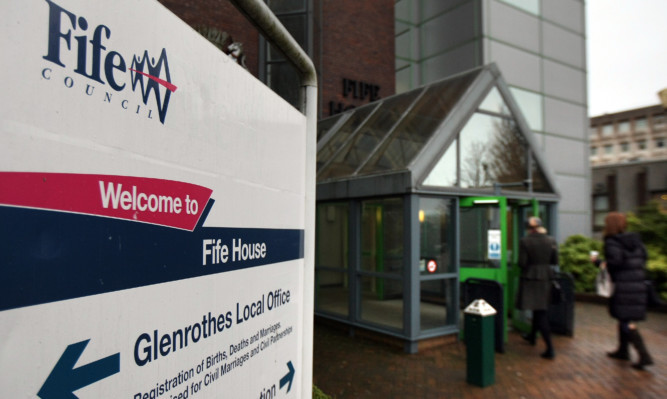
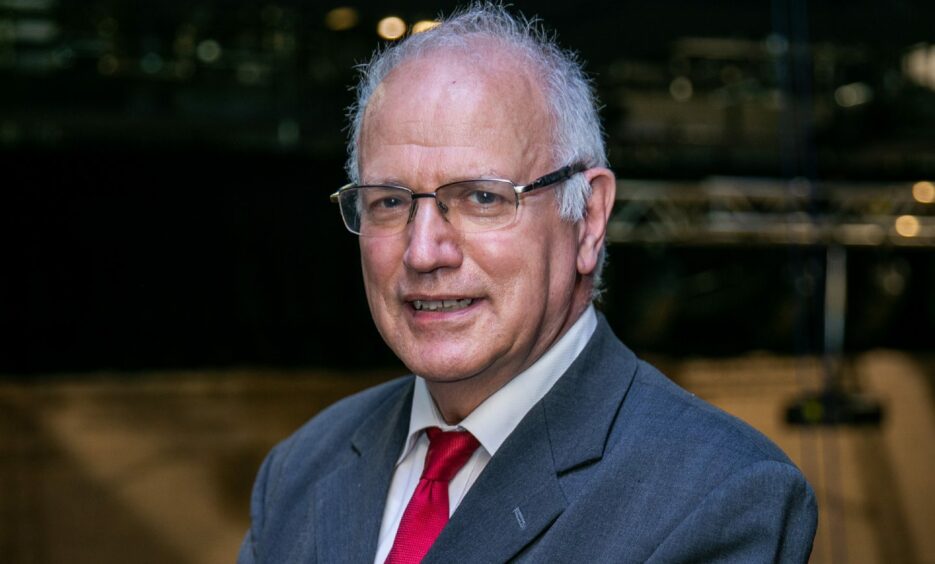



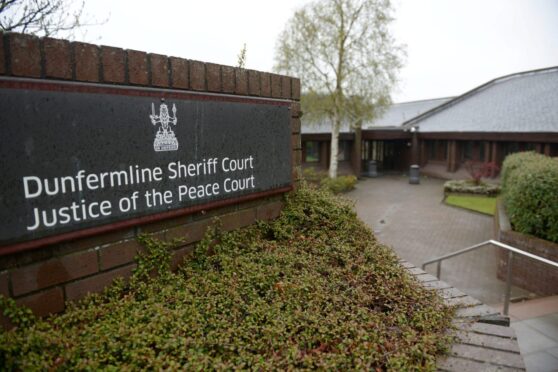

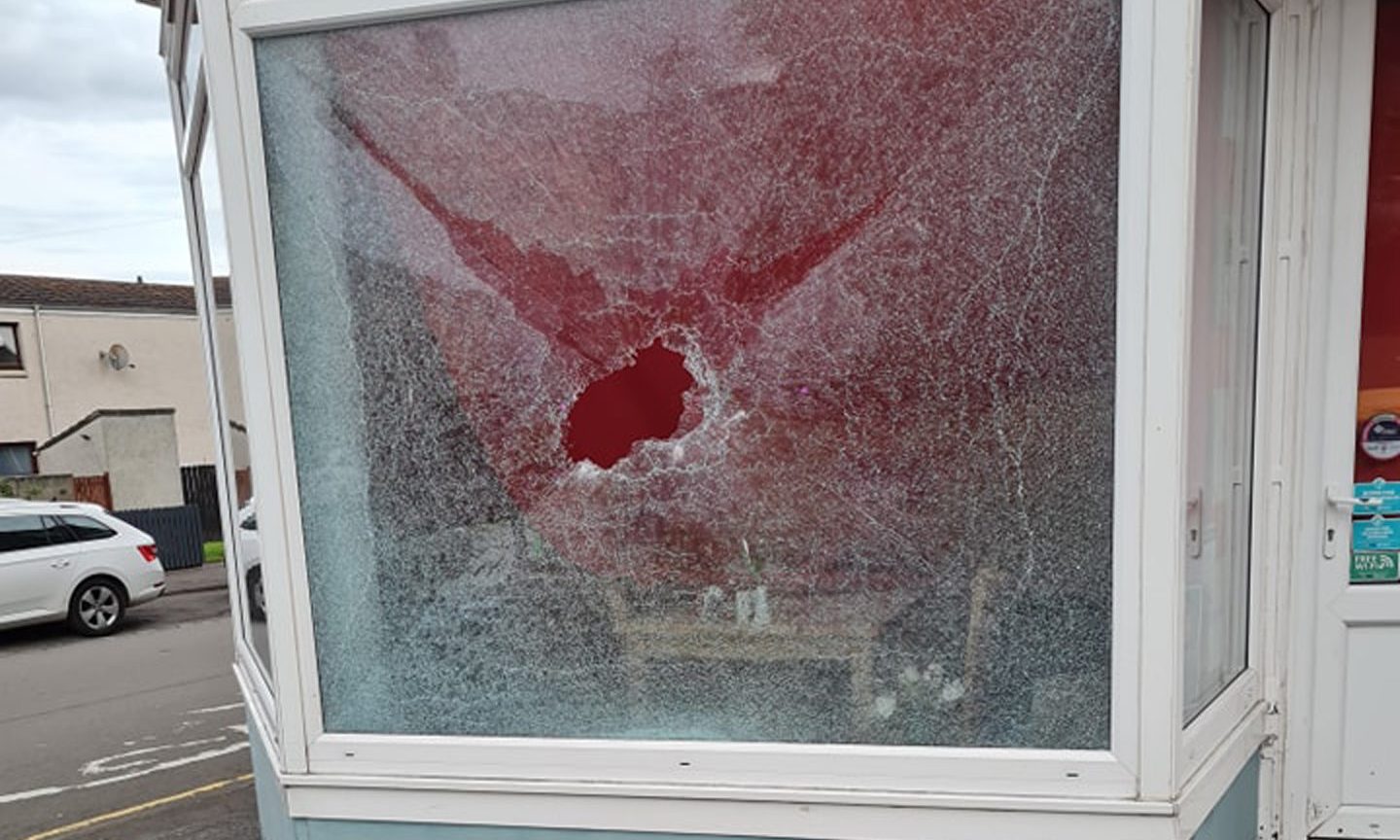
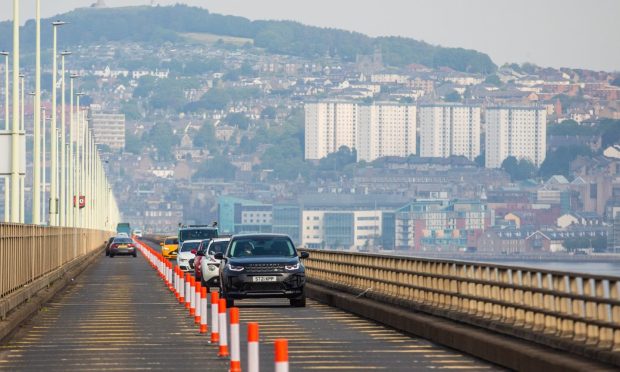

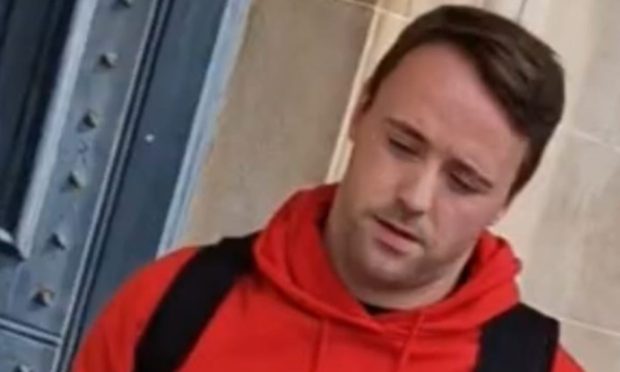

Conversation